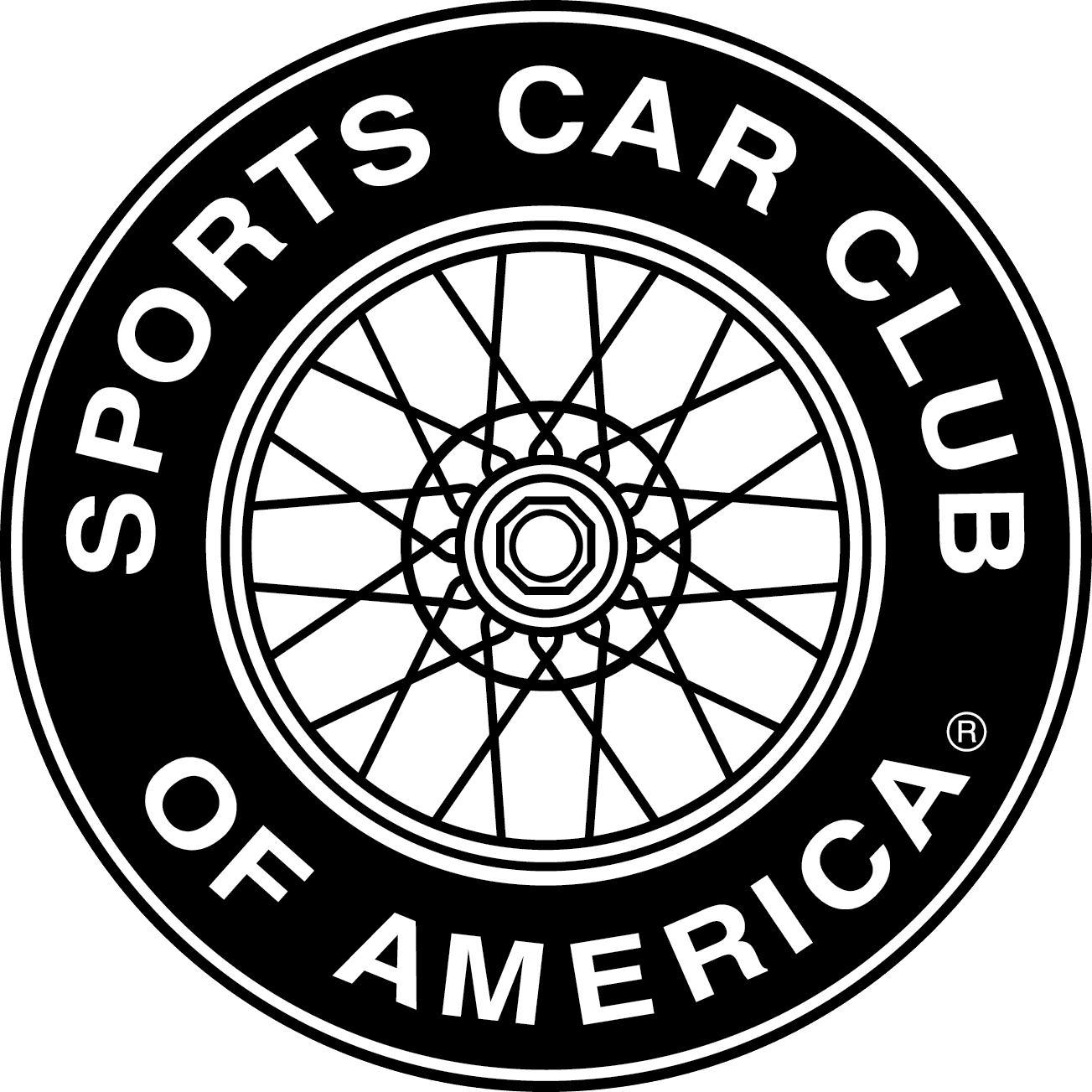((Edited after Mavisky's reply)
I AX a 2024 GT PP Magneride.
Mods:
-Steeda Ultimate Handling Magneride springs
-GT4 studs in the front hubs to accommodate 30mm spacer.
-19x11 ET 56 wheels (square)
-Michelin PS4S 305 30 19.
-BMR CB-005 IRS cradle lockout kit
-Vorshlag camber plates.
-Track alignment with as much camber and caster I can get in the front without cutting the strut towers, 2 degrees camber in the back, 0.15 deg toe in using stock suspension components.
I enrolled in CAM-C but I'm the only one in my class.
F-Street has 7 competitors.
I read the SCCA class guide but I cannot see for sure if I could fit in FS.
((Wheel diameter rule edited out of this post after Mavisky's reply))
My GT PP did not come with camber plates standard, but there is a Mustang in FS that does (the Dark Horse with handling package or the Mach 1 with handling package). I interpret the rule as if there's an OEM part that exists on one of the models in the FS class, I am allowed to use that part in my lower trim car. I do not know if that interpretation is correct.
The local AX organizers are willing to let me join FS but I don't know if I rightfully belong there and I'm not interested in any unfair advantages.
Any suggestions, based on what I listed above?
Thanks!
I AX a 2024 GT PP Magneride.
Mods:
-Steeda Ultimate Handling Magneride springs
-GT4 studs in the front hubs to accommodate 30mm spacer.
-19x11 ET 56 wheels (square)
-Michelin PS4S 305 30 19.
-BMR CB-005 IRS cradle lockout kit
-Vorshlag camber plates.
-Track alignment with as much camber and caster I can get in the front without cutting the strut towers, 2 degrees camber in the back, 0.15 deg toe in using stock suspension components.
I enrolled in CAM-C but I'm the only one in my class.
F-Street has 7 competitors.
I read the SCCA class guide but I cannot see for sure if I could fit in FS.
((Wheel diameter rule edited out of this post after Mavisky's reply))
My GT PP did not come with camber plates standard, but there is a Mustang in FS that does (the Dark Horse with handling package or the Mach 1 with handling package). I interpret the rule as if there's an OEM part that exists on one of the models in the FS class, I am allowed to use that part in my lower trim car. I do not know if that interpretation is correct.
The local AX organizers are willing to let me join FS but I don't know if I rightfully belong there and I'm not interested in any unfair advantages.
Any suggestions, based on what I listed above?
Thanks!
Last edited:















